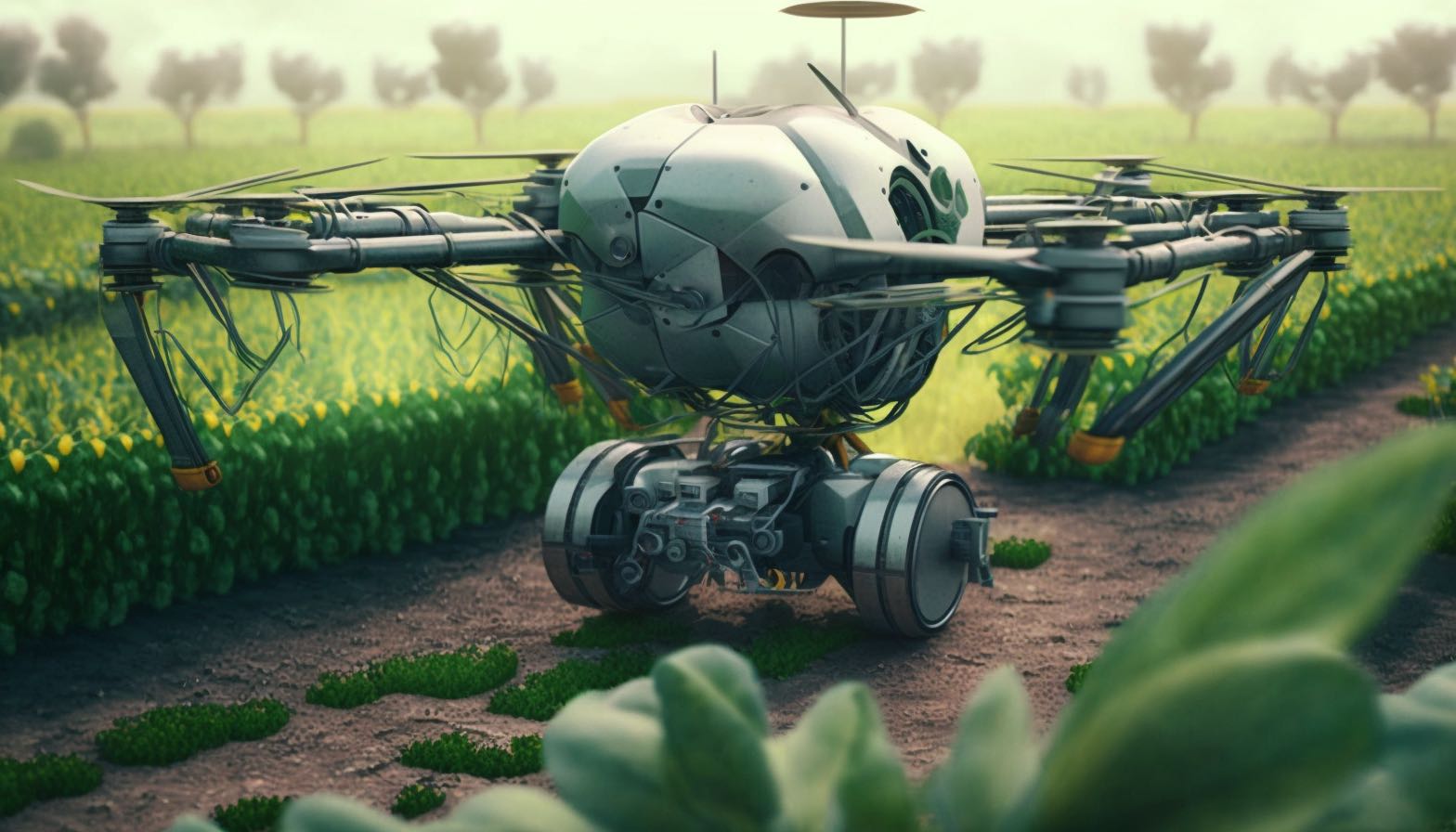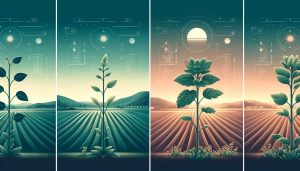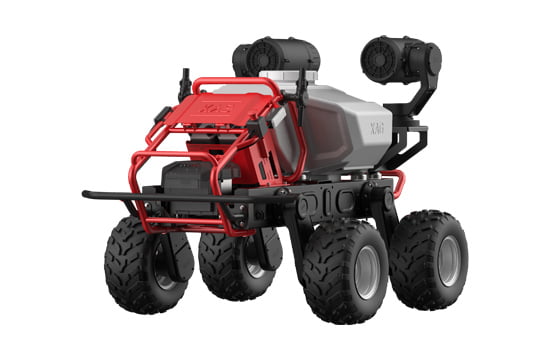So we’ve been a little inactive for a while, we were busy with restructing our own farm – every farmer knows what that means. So here we are with a blast.
What is Agtech ?
Agtech, short for agriculture technology, refers to the use of technology in the agriculture industry. This can include the use of technology to improve agricultural productivity, such as precision farming techniques that use sensors and data analysis to optimize crop yields. It can also include the use of technology to improve the sustainability and efficiency of agricultural practices, such as the use of drones for crop monitoring or the development of new plant varieties through genetic engineering. Agtech can also refer to the use of technology in the food supply chain, such as using blockchain technology to trace the origins of food products. Overall, agtech encompasses a wide range of technologies and innovations that are being used to improve and transform the agriculture industry.
What are agricultural robotics?
Agricultural robotics, also known as agribots, are robots that are designed to perform tasks in the agriculture industry. These tasks can include planting, watering, weeding, and harvesting crops, as well as monitoring crop health and performing other tasks that are typically done by human workers. Agricultural robotics can improve efficiency and productivity in the agriculture industry, as well as reducing the need for labor-intensive tasks. Some examples of agricultural robotics include robotic weeders, which use sensors and machine learning algorithms to identify and remove weeds from crops, and robotic fruit pickers, which use specialized gripping mechanisms to carefully pick ripe fruit from trees. Agricultural robotics is a rapidly growing field, and new innovations in technology are continuing to expand the capabilities of these machines.
Robots can help with weed management and destruction in agriculture by using advanced sensors and machine learning algorithms to identify and remove weeds from crops. For example, some robotic weeders are equipped with cameras and other sensors that allow them to detect the difference between crops and weeds. Once the robot has identified a weed, it can use a variety of methods to remove it, such as cutting it with a blade or using a targeted herbicide spray.
Robotic weeders can be more effective and efficient than traditional methods of weed management, such as hand-weeding or using blanket herbicide sprays. Because robots can be programmed to target specific weeds and avoid damaging crops, they can reduce the amount of herbicides used and improve the overall health of the crop. Additionally, because robots can operate continuously and do not need to rest or take breaks, they can cover large areas quickly and effectively.
Overall, robots can play an important role in helping with weed management and destruction in agriculture by providing a more targeted and efficient method of removing weeds from crops. This can help to improve crop yields and reduce the environmental impact of agriculture.
Electric tractors
The current state of development of electric tractors is that they are becoming increasingly available on the market, although they are still not as widely used as traditional fossil fuel-powered tractors. Several companies, including John Deere, New Holland, and Fendt, are currently producing electric tractors. Worth mentioning is the smart tractor project Monarch.
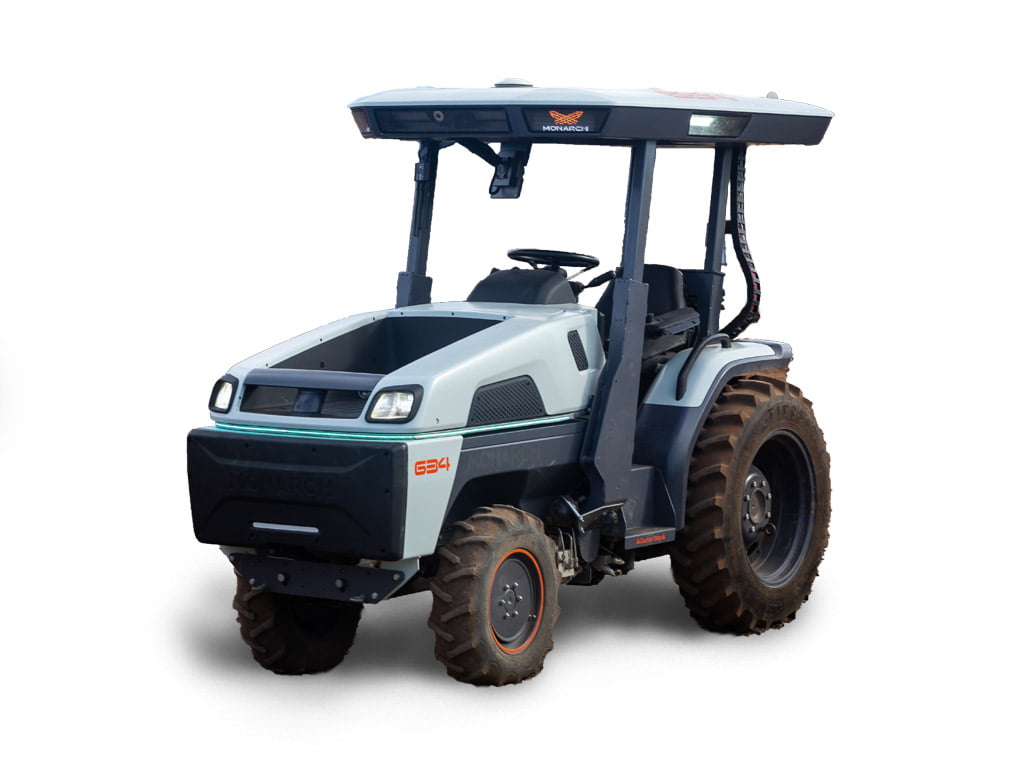
The price of an electric tractor can vary depending on the size and capabilities of the tractor, as well as the brand and model. In general, electric tractors tend to be more expensive than their fossil fuel-powered counterparts. However, because electric tractors have lower operating costs and do not produce emissions, they can save farmers money over the long term.
One of the main challenges with electric tractors is the limited range and power compared to fossil fuel-powered tractors. Because electric tractors rely on batteries for power, they can only operate for a certain amount of time before needing to be recharged. This can be challenging for farmers who need to cover large areas or perform heavy-duty tasks. Additionally, electric tractors are not yet as powerful as fossil fuel-powered tractors, which can limit their capabilities for certain applications.
Overall, the development of electric tractors is still in its early stages, but they are becoming increasingly available on the market. As battery technology continues to improve and the cost of electric tractors decreases, they are expected to become more widely used in the agriculture industry.
Agricultural drones
Agricultural drones, also known as ag drones or agribots, are drones that are specifically designed for use in the agriculture industry. These drones are equipped with sensors and other technology that allows them to collect data and perform tasks in agricultural settings.
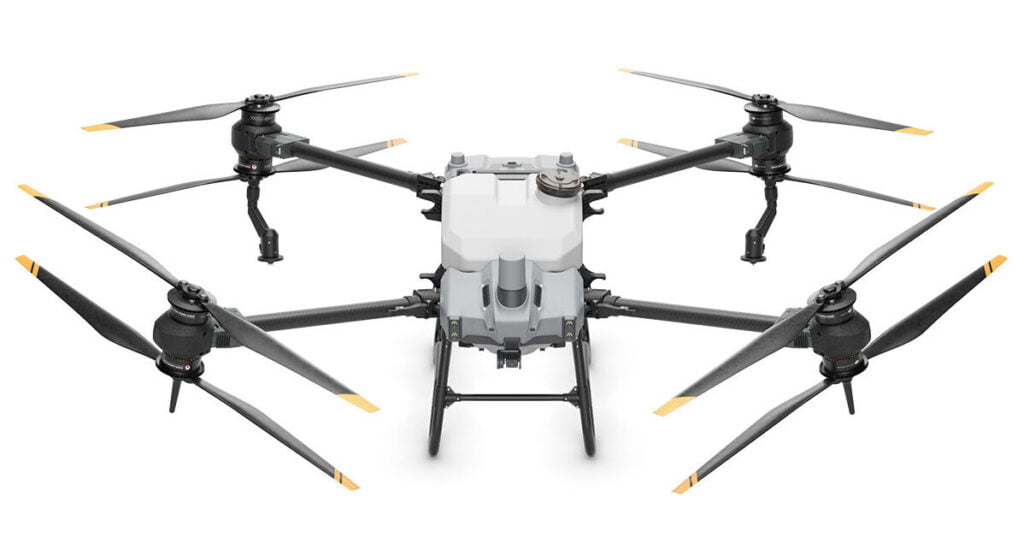
Agricultural drones are being used for a wide range of tasks, including crop monitoring, soil analysis, irrigation management, and pest control. For example, drones can be used to collect data on crop health by using sensors to measure factors such as plant height, leaf area, and chlorophyll content. This data can help farmers optimize their irrigation and fertilization practices to improve crop yields. Drones can also be used to spray pesticides or other chemicals in a targeted manner, reducing the amount of chemicals used and improving the accuracy of application.
Overall, agricultural drones are an important tool for improving the efficiency and sustainability of the agriculture industry. By using drones, farmers can collect detailed data on their crops and make more informed decisions about how to manage them. This can help to increase crop yields and reduce the environmental impact of agriculture.
How can software help modern agriculture
Software can support modern agriculture in a number of ways. For example, agricultural software can be used to manage and analyze data related to crop health, soil conditions, and weather patterns. This data can help farmers make more informed decisions about how to manage their crops, such as when to plant, irrigate, and apply pesticides.
Agricultural software can also be used to optimize farm management practices, such as scheduling tasks, managing inventory, and tracking expenses. This can help farmers to streamline their operations and improve their efficiency.
Additionally, agricultural software can be used to improve communication and collaboration within the agriculture industry. For example, software can be used to connect farmers with agricultural experts, such as agronomists or extension agents, who can provide valuable advice and support. Software can also be used to connect farmers with buyers and sellers, allowing them to more easily find markets for their products and access the inputs they need to run their farms.
Overall, software plays an important role in supporting modern agriculture by providing tools and technologies that can help farmers to improve their operations and better manage their crops.
What sensors are relevant?
There are many different sensors that are relevant to agricultural technology, and the most important ones will depend on the specific application and the needs of the farmer. Some of the most commonly used sensors in agriculture include:
- Temperature sensors, which can be used to monitor the temperature of the air, soil, and water in a field, as well as the temperature of stored crops or livestock.
- Moisture sensors, which can be used to measure the moisture content of soil, plants, and other materials in a field. This can help farmers to optimize irrigation practices and prevent water waste.
- Light sensors, which can be used to measure the intensity and spectrum of light in a field. This can help farmers to optimize the lighting conditions for their crops and improve their growth.
- Pressure sensors, which can be used to measure the pressure of fluids, such as water or pesticides, as they are applied to crops. This can help farmers to optimize the application rate and reduce waste.
- Chemical sensors, which can be used to detect the presence of specific chemicals, such as fertilizers or pesticides, in the soil or water in a field. This can help farmers to monitor their use of these chemicals and ensure that they are being applied at safe levels.
Overall, the most relevant sensors for agricultural technology will depend on the specific needs of the farmer and the goals of the application. By using a combination of different sensors, farmers can collect detailed data on their crops and the conditions in their fields, which can help them to make more informed decisions and optimize their operations.
Irrigation
Technology can help in irrigation management of farms by providing tools and systems that can help farmers to optimize their use of water. This can include sensors and other devices that can monitor the moisture content of soil and plants, as well as software that can analyze this data and provide recommendations for irrigation.
Irrigation management is of high importance in many countries, particularly those with limited water resources or areas with high levels of evaporation. For example, in arid regions such as the Middle East and North Africa, irrigation management is critical for supporting agriculture and providing food for the growing populations. In the United States, irrigation management is also important in states such as California, where drought and water shortages are common.
By using technology to improve irrigation management, farmers can reduce their use of water and improve the efficiency of their irrigation systems. This can help to conserve water resources and improve the sustainability of agriculture in these regions. Additionally, by using technology to optimize irrigation practices, farmers can improve the health and productivity of their crops, which can increase their yields and profitability.
Startups worth mentioning
Some startups that are working on autonomous and electric tractors include:
- AutonomouStuff, which is developing a range of autonomous and electric tractors for various agricultural applications.
- Rantizo, which is developing drone-based systems for applying pesticides and other chemicals to crops.
- Iron Ox, which is developing autonomous greenhouses that use robots to grow and harvest crops.
These startups are all working on different aspects of autonomous and electric tractors, and their products and services may vary. In general, these startups are focused on developing technologies that can improve the efficiency and sustainability of the agriculture industry by reducing the need for human labor and fossil fuels.
As for how these startups compare, it is difficult to say without more information. Each startup may have its own unique strengths and weaknesses, and the best one for a particular application will depend on the specific needs and preferences of the farmer. It may be worth researching these startups and their products in more detail to determine which one is the best fit for your needs.
There are other interesting startups in the field of agtech that are working on a wide range of innovations and technologies. Some examples of interesting agtech startups include:
- Indigo Ag, which is developing microbial products that can improve the health and productivity of crops.
- AeroFarms, which is developing vertical farming systems that use artificial lighting and hydroponics to grow crops in urban environments.
- VitalFields, which is developing software that can help farmers to manage their operations, including tasks such as scheduling, inventory management, and expense tracking.
- Taranis, which is developing drones and other technologies that can be used for crop monitoring and pest control.
These are just a few examples of the many interesting startups that are working in the field of agtech. There are many other startups that are focused on developing technologies that can improve the efficiency, productivity, and sustainability of the agriculture industry.
Hope you liked our end-of-2022 wrap up!

